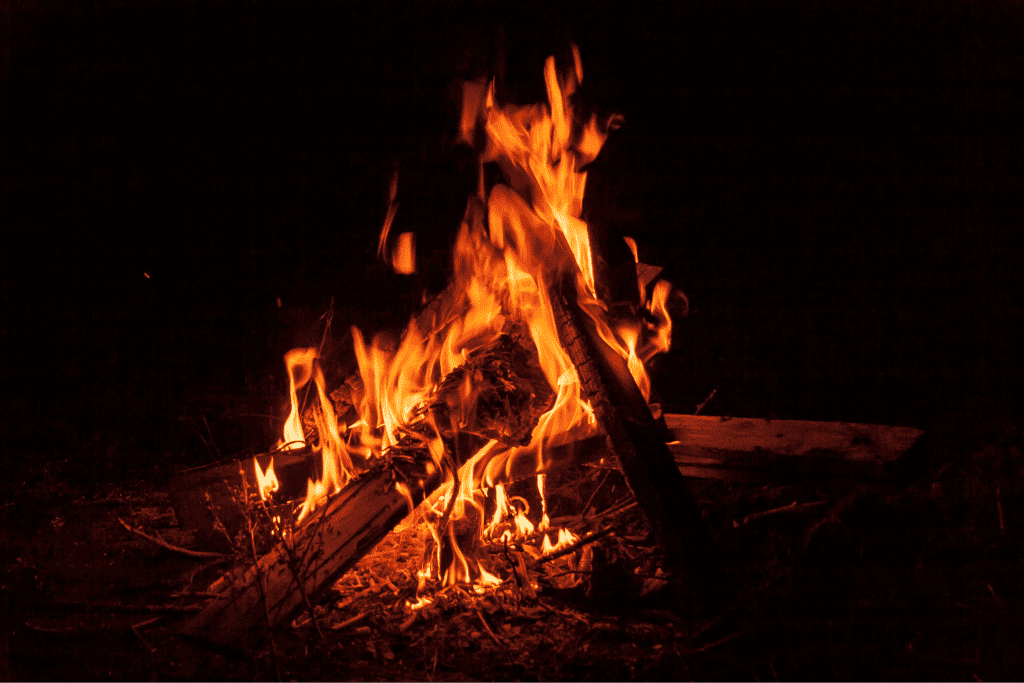Help prevent burn injuries this year

State safety officials have declared 2022 was the deadliest year of fire related deaths in Minnesota. 70 Minnesotans passed away from fires in 2022, the highest number in nearly three decades and, sadly, most were due to lifestyle and behavioral decisions.
Hennepin Healthcare is already seeing firework injuries in adults and kids on the rise. Also, this past month, our emergency department has seen an increase in falls into fire pits / campfires.
As we enjoy time with our families and friends this year, follow this guidance and prevent burn injuries.
Fireworks
According to the Minnesota State Fire Marshal’s Office, an average of 75 people go to Minnesota hospitals with fireworks injuries each year. Nearly 45% of firework injuries happen to children and more than 30% of firework injuries are from sparklers and fireworks that explode or shoot off into the air. That doesn’t come close to the actual number of people injured who didn’t seek care at a hospital. This doesn’t mean you have to avoid fireworks altogether this Fourth of July. As a Level I Adult, Pediatric, and Burn Center, Hennepin Healthcare offers these tips for celebrating safely with fireworks this summer.
Once you have your legal fireworks ready to go, follow these safety tips:
- Don’t use fireworks when intoxicated.
- Always follow the manufacturer’s instructions.
- Talk to children and teens about fireworks safety.
- Parents should closely supervise any use of fireworks.
- Never allow children to play with or ignite fireworks.
- Keep a bucket of water, garden hose or fire extinguisher handy in case of fire or other mishap.
- Parents don’t realize that young children suffer injuries from sparklers. Sparklers burn at temperatures of about 2,000 degrees – hot enough to melt some metals. Have children use glow sticks instead.
- Make sure everyone is wearing shoes. Stepping barefoot on a used sparkler can cause puncture wounds and serious burns
- Point fireworks away from animals and people.
- Light fireworks one at a time, then move back quickly, don’t try to re-light or pick up fireworks that have not ignited fully.
- Use them away from trees and houses as well as other flammable materials like gasoline.
- After fireworks complete their burning, douse the spent device with plenty of water from a bucket or hose before discarding it to prevent a trash fire.
Campfires
Whether cooking or relaxing by a fire, burns and scalds happen. Use these first aid tips to prevent more damage to your skin.
- Cool it – Cool the burn immediately. Otherwise, the skin continues to hold heat and will keep burning. Place the burned area under a gentle stream of cool water.
- Clean it – Treat a minor burn like you would treat a minor cut or scrape. Wash with soap and water, then cover it with loose dressing.
- Watch it
It can be difficult to detect signs of infection in burns. Potential signs of infection include:
- Change in color of the burned area
- Purple discoloration
- Green colored discharge
- Fever
If it’s anything more than a minor burn, you should seek medical attention immediately.
Please take these tips to heart when making an outdoor fire:
- Build it a safe distance from anything flammable. Start small, with tinder and kindling.
- Arrange kindling and logs like a log cabin or teepee to ensure good airflow. Good airflow leads to naturally controlled fire growth.
- Don’t use accelerants to start it or keep it going.
- Supervise children at all times. When finished with your fire, douse it completely with water. If not, completely extinguished fires can stay hot for up to 24 hours.
This week is Firefighter Safety Stand Down, when fire associations and EMS are encouraged to suspend all non-emergency activity during Safety Stand Down to focus on training and education with the goal of reducing the number of preventable injuries and deaths in the fire and emergency services. The event also focuses on the critical importance of responders taking care of themselves both on and off the emergency incident scene. The week is designed to increase awareness and action so that safety and health become a priority in all fire and emergency service departments. (The theme this year is responding to incidents involving lithium-ion batteries.)

